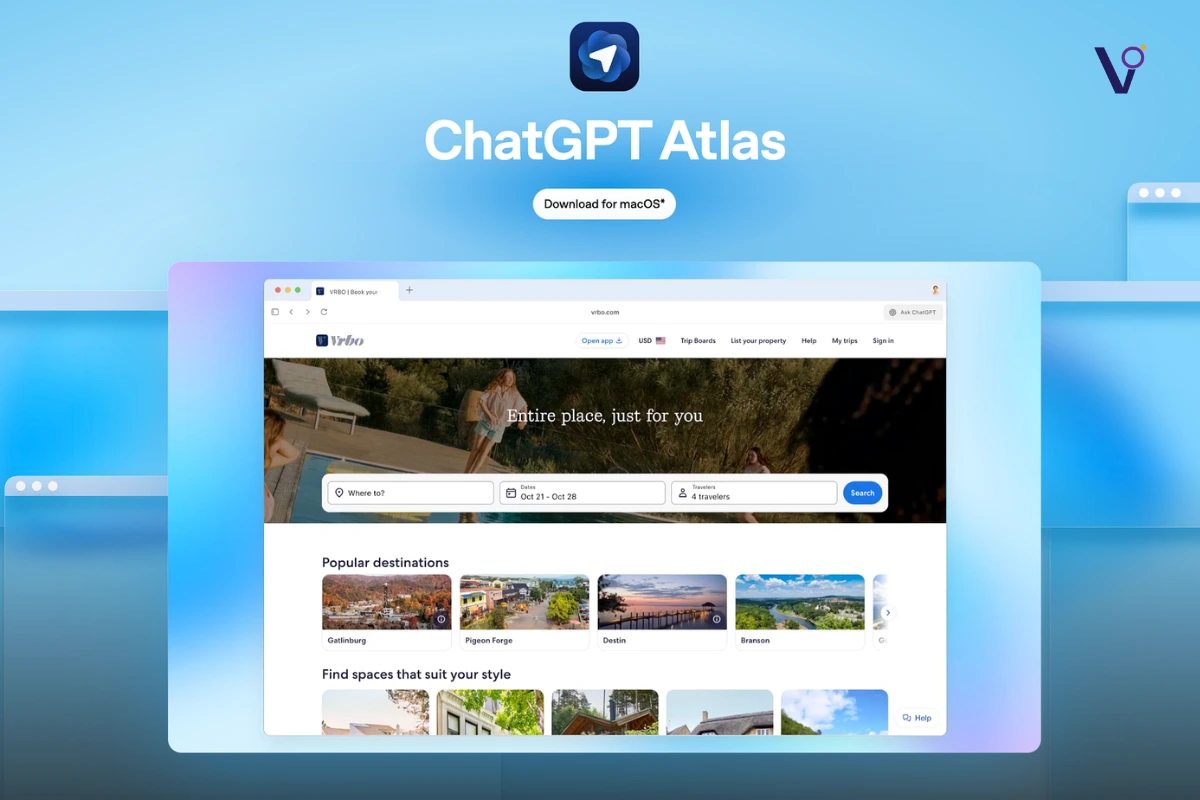Imagine standing in 1994 and trying to guess the most iconic product of 2024. Would you ever think it’d be a reusable water bottle? Fast forward to today, How the Stanley Cup Went Viral is a story that goes beyond its status as a must-have item. What’s remarkable isn’t just the product—it’s the way Stanley redefined business marketing, integrated affiliate strategies, and leveraged social media to build a cultural phenomenon.
Here’s How the Stanley Cup Went Viral
Let’s explore how Stanley made it so effective at marketing, why the strategies they use click with so many people, and what other companies can learn from them.
1. The Heart of Stanley’s Marketing: Community and Identity
When you buy a Stanley Cup, you are not buying just a water bottle; you are joining a community. The brand has tapped the emotional sense of identity and belonging. It is not that different from other trendy brands like Jolie showerheads or Yeti coolers.
Stanley has managed to create this incredible perception in their audience’s minds where owning one of their cups is actually a flex. It’s wild when you think about it. A product as simple as a reusable water bottle has turned into something people want to show off. That’s the kind of emotional connection every brand dreams of creating.
2. The Role of Social Media: From TikTok to Instagram
Stanley’s social media marketing is a masterstroke, and it’s because of some of these platforms, like TikTok, that turned the Stanley Cup into a viral sensation; influencers were putting their cups in everyday living, creating relatable content that captured the imagination of diverse audiences everywhere.
One iconic moment was when a TikTok creator said her Stanley Cup survived a car fire yet kept ice intact. That video went viral, and Stanley’s global president, Terren Riley, took advantage of that wave and gave the creator a new car, plus more Stanley products. Not a publicity stunt; rather, it was that one genuine moment that would establish credibility for the brand.
Social media also amplified Stanley’s partnerships with content creators, allowing influencers to tailor the brand’s message for their own communities. This peer-driven marketing approach created a ripple effect that traditional ads couldn’t achieve.
3. Affiliate Marketing: A Winning Strategy
Affiliate marketing has also been one of the main growth drivers for Stanley. The company expanded its channels of distribution by partnering with influencers, bloggers, and affiliates. Affiliates were able to generate commissions by selling Stanley products to their audience, making it a good win-win situation.
The affiliate marketing strategy works particularly well for Stanley given the high perceived value of this product. Real-life endorsements by influencers with testimonials where the Stanley Cup seems to simply fit into their lives are true conversions with new customers trusting the influence.
For those interested in the business side of things, Stanley’s affiliate marketing approach is something to study. It’s simple, effective, and scalable, making it a great addition to any business marketing strategy.
4. Limited Editions and Scarcity: Creating Desire
Another smart move Stanley made was introducing limited-edition color drops. These releases created a sense of urgency, making customers want to act quickly before the products sold out.

Remember the madness at Target when the above new colorway dropped? Lines formed, and shelves emptied. Even to the point of theft. So, while the frenzy wasn’t ideal, it did prove one thing: scarcity breeds desire. The Stanley Cups weren’t so much wanted for functionality but for their exclusivity.
This marketing also helped to drive home the fact that owning a Stanley Cup isn’t just practical; it’s aspirational. Now, limited editions are even collectibles, which, in turn, only deepened customer loyalty.
5. The strength of partnerships: expanding the range of the brand
Among other marketing strategies, this company applies strategic partnerships that stand in line with its brand values. Its outdoor influencer collaborations, co-branding opportunities, and more had consistently found ways to expose it to new audiences.
For instance, they partnered with TikTok creators who remade the brand’s story for their audience. These were not product-push partnerships but rather the integration of Stanley into the cultural fabric of their communities.
Through this peer-driven approach, Stanley achieved something truly remarkable: cultural contagion. The brand’s identity spread organically through its partnerships, creating a gravitational pull that other brands struggled to replicate.
6. Terren Riley’s Strategy
Terren Riley, president of Stanley, plays the biggest role in “How the Stanley Cup Went Viral.” Having previously worked for Crocs to bring a transformative change there, Riley brought deep understanding to modern marketing.
Under his leadership, Stanley changed from being a purely functional brand to an aspirational one. His philosophy is simple but powerful: brands don’t just belong to companies—they are co-created with their communities.
By making customers a part of Stanley’s story, Riley developed ownership and loyalty that no traditional marketing campaign could match.
Lessons from Stanley’s Marketing Playbook
Stanley’s marketing strategies are lessons for businesses of any size:
- Turn Your Customers into Marketers
Engage your audience to share their experiences with your product. User-generated content is more authentic and trustworthy than any ad. - Invest in Affiliate Marketing
Build a network of affiliates who genuinely love your product. Their enthusiasm will translate into sales and brand loyalty. - Use Scarcity
Limited-edition drops create urgency and make your product feel exclusive. - Partner with the Right People
Collaborate with influencers and creators who align with your brand’s values. These partnerships can amplify your message and expand your reach. - Focus on the Long Game
Stanley’s success did not happen overnight. Consistency, quality, and community building take time but pay off in the long run.
Conclusion
If you’re an entrepreneur or marketer, there’s a lot to learn from Stanley’s playbook. Whether it’s leveraging social media, building an affiliate network, or creating cultural contagion, Stanley’s strategies are as timeless as they are innovative.
In the end, the Stanley Cup is not about staying hydrated; it’s about staying connected. And in this world today, that is the ultimate goal.
Stanley’s strategy is built on community-driven marketing, social media engagement, and affiliate partnerships that amplify its message authentically.
Affiliates promote Stanley products to their audiences, driving conversions through genuine testimonials and earning commissions.
Scarcity creates urgency and exclusivity, making products more desirable to customers.
Platforms like TikTok and Instagram allowed Stanley to reach younger, diverse audiences through user-generated content and influencer collaborations.
The power of authenticity, community, and patience. Building a loyal customer base takes time but yields lasting success.



